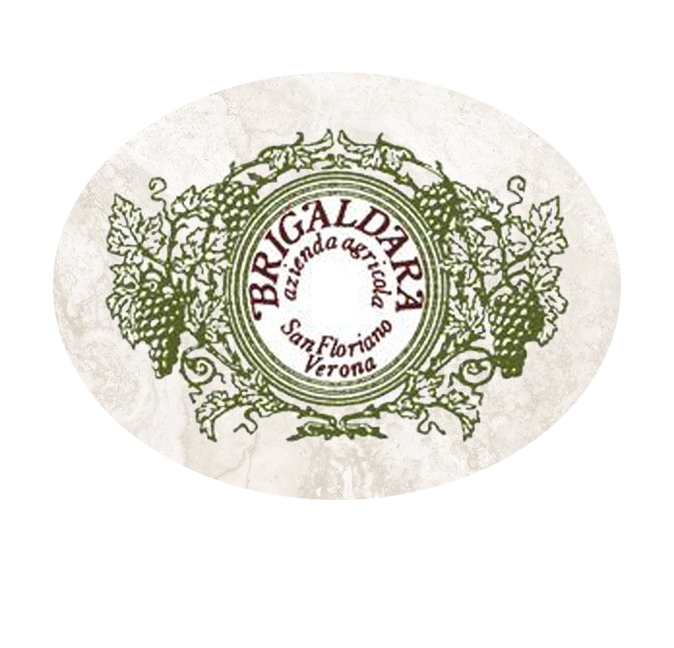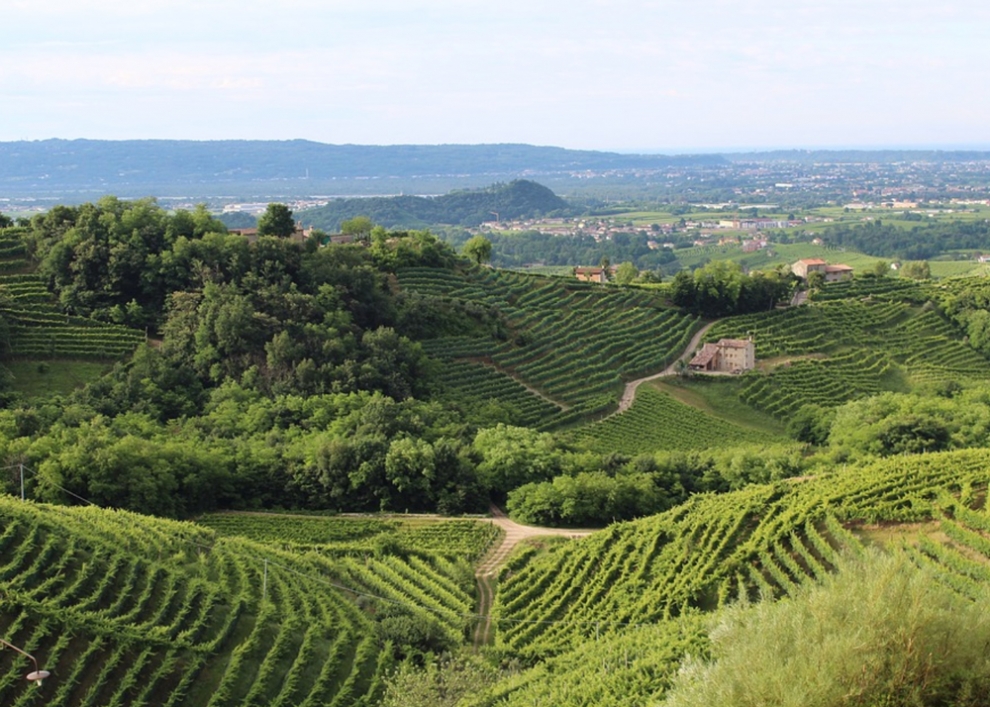Wines
Valpolicella Superiore Case Vecie Doc
Valpolicella Superiore Case Vecie derives from the vinification of fresh grapes, mainly Corvina and Corvinone. It borrows its name from the homonymous vineyard located in Grezzana - Valpantena, where the ripening of the grapes is subject to significant temperature variations between day and night: a climatic characteristic that gives the wine a particular spiciness on the nose and a completely unique polyphenolic profile. On the palate, acidity denotes an important structure, thanks to the rigorous selection of the grapes and to the winemaking techniques employed to extract only the noblest components from the skin. A wine which is capable of combining body, structure and excellent drinkability, revealing its sensorial complexity due to the slow ripening of the grapes.
| Grape variety | Corvina 39%, Corvinone 30%, Rondinella 31% |
| Vineyard | Grezzana - Case Vecie (450 mt/a.s.l., south-easterly exposition) |
| Training system | Guyot |
| Planted area | 9 ha - 4,000 vines/ha |
| Year of planting | 1996/2009 |
| Harvest | Grapes are hand-harvested during the first half of October |
| Winemaking | The grapes are selected in the vineyard and placed in 200kg-crates. During fermentation, the wine is always in contact with the grape skins. It is pumped over twice a day with a delestage half way through fermentation, favouring colour extraction. During fermentation temperature is kept between 22°-24° to preserve its fresh and delicate aromas. |
| Aging | 8 months - 1 year in large wooden barrels |
| pH | 3.47 |
| Dry extract | 30.2 g/L |
| Sugar residue | 2.4 g/L |
| Alcohol content | 13.5% |
| Tasting notes | Brilliant ruby with hints of cherry, balsamic notes of vanilla and spices. Soft taste and good structure. It is a full-bodied wine with a balanced alcoholic content. |

Brigaldara Azienda Agricola
The name Brigaldara appeared for the first time in the deed archives in 1260 and referred to a group of farmhouses, the villa and the surrounding countryside. The Cesari family purchased the villa and the surrounding land in 1929. At that time, the area was not used only for the cultivation of grapes and olives but was also used for fruit and cereals. In the 1960s and 1970s, with the end of crop-sharing, the land was reconverted to specialise in the cultivation of vines and olives.

Veneto
Veneto’s wines are some of Italy’s best known exports – the names of Soave, Bardolino and Valpolicella have long been associated with eminently drinkable Italian wines. Yet there is a lot more to this region, and indeed a lot more behind the names of its best known wines. With 26 DOCs and 13 DOCGs, Venice’s region has a substantial production of quality wine, as well as well-priced easy-drinking reds and whites bottled as IGTs. One of Italy’s most interesting wines is a product of these three grapes, the deep, dark Amarone della Valpolicella, recently promoted to DOCG status. Made from partly dried grapes in the vineyards north of Verona, it is a structured, complex and heady wine capable of great age that has gained a cult following among the wine industry’s elite.
In Treviso, north of Venice, are the towns of Conegliano and Valdobbiadene where the popular bubbly Prosecco is made using the Charmat method where the second fermentation takes place in large tanks.
In 2009 Prosecco di Conegliano e Valdobbiadene has become DOCG, encouraging reduced yields in the vineyards. Prosecco is also produced in the neighbouring Montello e Colli Asolani zone. White wines from Pinot Grigio, Sauvignon and Chardonnay are gaining in popularity and recent versions are responding well to oak ageing.

Related Wines

Amarone della Valpolicella Vigna Cavolo docg 2017
Amarone Cavolo is a wine that derives from a careful selecti
View info
Soave Doc
Our Soave is made from 100% Garganega grapes.
View info
Valpolicella Classico Doc
The wine has a vibrant ruby red colour and aromas of cherrie
View info
Amarone della Valpolicella Case Vecie Docg 2016
Amarone Case Vecie borrows its name from the homonymous vine
View info